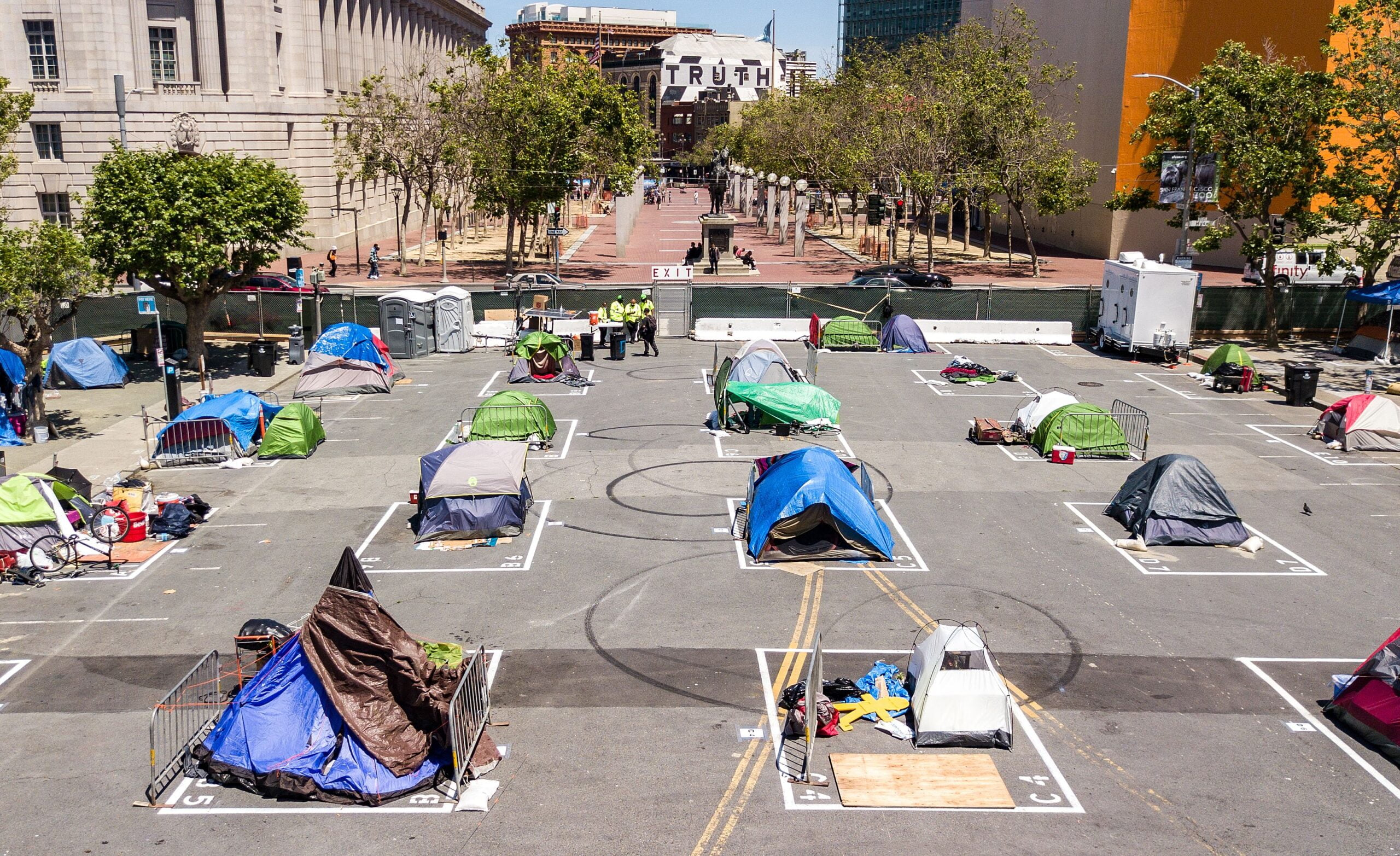In the land of prosperity, where skyscrapers touch the clouds and dreams are said to flourish, a persistent shadow looms large over the nation – homelessness. The paradox of the United States, a global powerhouse with vast resources, grappling with a growing homelessness crisis speaks volumes about the systemic challenges that persist. This article sheds light on the struggles faced by the homeless population in America and explores the underlying reasons for the nation’s perceived inability to address this pressing issue.
The scale of homelessness in America is staggering, with millions of individuals and families experiencing housing instability. Despite the nation’s economic might, the inability to provide adequate shelter for all its citizens remains a glaring shortcoming. The juxtaposition of opulence and destitution in urban landscapes paints a stark picture of a nation divided.
At the heart of America’s struggle with homelessness lies a shortage of affordable housing. The soaring cost of living, particularly in metropolitan areas, leaves countless individuals on the fringes, unable to secure stable housing. While luxury condominiums rise, a significant portion of the population finds itself on the streets, overlooked and forgotten.
Systemic issues further compound the problem. Gaps in the social safety net leave vulnerable individuals without the necessary support to escape or prevent homelessness. Policies that should act as a safety net often fall short, perpetuating a cycle where those in need are unable to break free from the chains of poverty and homelessness.
Mental health challenges contribute significantly to the homeless crisis. A substantial proportion of the homeless population grapples with untreated mental health issues, further complicating their ability to reintegrate into stable living conditions. The lack of accessible mental health services exacerbates this challenge, perpetuating a cycle of despair for those already marginalized.
Government initiatives, while well-intentioned, often lack the comprehensive, long-term focus necessary to address the root causes of homelessness. Short-term solutions, such as shelters and food assistance, are crucial for immediate relief but fall short of providing lasting change. The absence of a cohesive national strategy to combat homelessness perpetuates the status quo, leaving millions without a place to call home.
The stigmatization of homelessness exacerbates the problem, hindering efforts to garner public support and empathy. Stereotypes and misconceptions about the homeless population persist, contributing to discrimination when individuals seek employment or housing. Breaking down these barriers and fostering a more compassionate understanding within communities is essential to addressing the root causes of homelessness.
While the world sees America as a global powerhouse, the struggles of its homeless population reveal a different narrative. The paradox of plenty and poverty coexisting within the same borders underscores the need for a more concerted and effective response. The homelessness crisis is a collective failure, a reflection of a society that has yet to fully embrace the principles of equity and compassion.
In conclusion, America’s struggle with homelessness is a complex issue rooted in systemic challenges, a shortage of affordable housing, and the stigmatization of those experiencing homelessness. It is a call for introspection, urging the nation to reevaluate its priorities and enact comprehensive, long-term solutions. Until then, the faces of the forgotten will continue to linger on the margins, embodying a stark reminder of the work that remains to be done.

